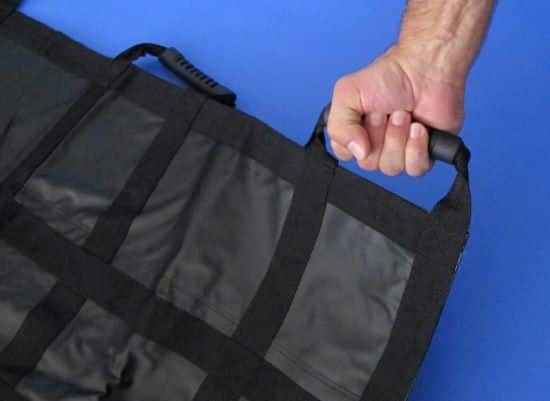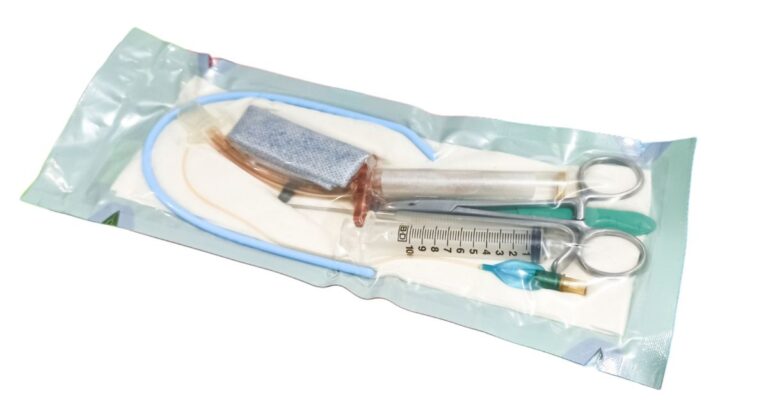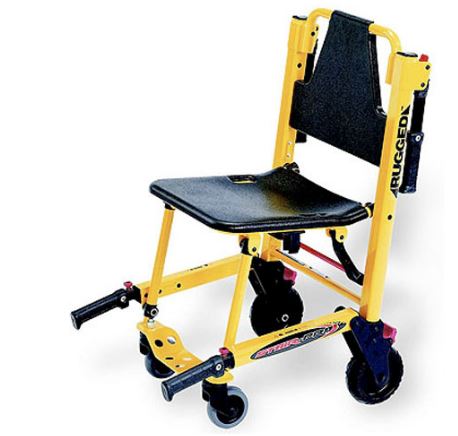
Why You Shouldn’t Use a Soft Stretcher to Lift Patients
Studies show that personnel in the fire and emergency medical service industries sustain more lifting-related injuries than workers in any other industry. These statistics do not only emphasize the risks involved in rescue and prehospital operations, but they also bring up questions as to the techniques utilized by these personnel in the course of performing their duties. Is it possible that the use of soft stretchers for activities where a stair chair or EMS stretcher are more appropriate may increase the risk of injury for EMS providers and individuals in similar professions? Read on to find out.
What is the Primary Purpose of a Soft Stretcher?
According to soft stretcher manuals, they are tools specifically designed to carry, slide, or transfer patients from one surface to another. This is ironic considering these stretchers are popularly called lift sheets. Their purpose as dictated by the manufacturer refers to very minimal lifting, if any.
Why Should Soft Stretchers Not Be Used for Lifting?
Soft stretchers are not designed for lifting. And using them for purposes other than those directly specified by the manufacturer could be problematic for everyone involved. Here are two reasons why:
- The patient involved is at risk
What use is a stretcher, if it cannot be used to hold a patient securely? Unfortunately, the design of the soft stretcher is unsuitable to guarantee the safety of the patient. The soft stretcher does not provide much control to the lifters to help safeguard the patient while he or she is being lifted. As a result, it is not uncommon for EMS or fire personnel to record patient drops when using soft stretchers for lifting. Seeing as one of the primary objectives of EMS personnel is to guarantee the safe transportation of patients, the harmful effects of patient drops pose a problem to the efficacy of the service provided.
- It also poses risks for the lifters
When soft stretchers are used to lift a patient, the number of people that can help lift are limited. Additionally, personnel using the soft stretcher for lifting are forced to place compressive pressure on their spine due to the unequal grip points of the stretcher. This, in itself, could account for tears in the ligaments and tissue in the shoulder and spine.
EMS providers should be well equipped with the right tools for lifting patients. This will not only eliminate the need for improvising with soft stretchers, but also ensure the safety of both patients and personnel. For transferring patients more than a couple of steps, you’re better off utilizing a stair chair, wheelchair, or EMS stretcher. Browse Coast Biomedical for equipment options that will promote safety for EMS providers and patients alike.




